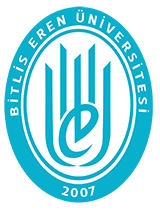| dc.description.abstract | In this study, AISI 8620 steel-commonly used in the gear manufacturing industry—was subjected to a box boriding treatment using commercial Ekabor II powder. The process was carried out in an electric resistance furnace at 900 °C for a duration of 5 hours. The resulting boride layers were characterized using optical microscopy, X-ray diffraction (XRD), microhardness measurements, scanning electron microscopy (SEM), and energy-dispersive X-ray spectroscopy (EDX). A boride layer with an average thickness of 78 ± 2 µm was formed on the steel surface, consisting primarily of FeB and Fe₂B phases, and the surface hardness reached 1768 HV₀.₀₅. The wear tests were conducted under dry sliding conditions using a ball-on-disk setup at room temperature. The experiments were performed under a constant normal load of 10 N, at rotational speeds of 300, 450, and 600 rpm, over sliding distances of 250, 500, 750, 1000, 1500, and 2000 m. The coefficient of friction ranged between 0.40 and 0.62 throughout the tests. At higher rotational speeds, a reduction in the friction coefficient was observed up to 1000 meters, after which a gradual increase occurred at longer distances. Both the sliding distance and speed significantly affected the wear behavior, resulting in an increased wear track depth and wear rate. The wear rate was found to vary between 14.52 × 10⁻⁵ and 198.82 × 10⁻⁵ mm³N-1m-1. | tr_TR |














